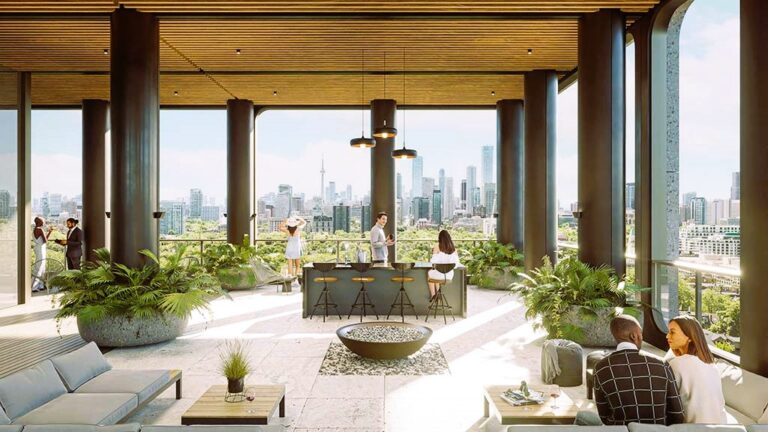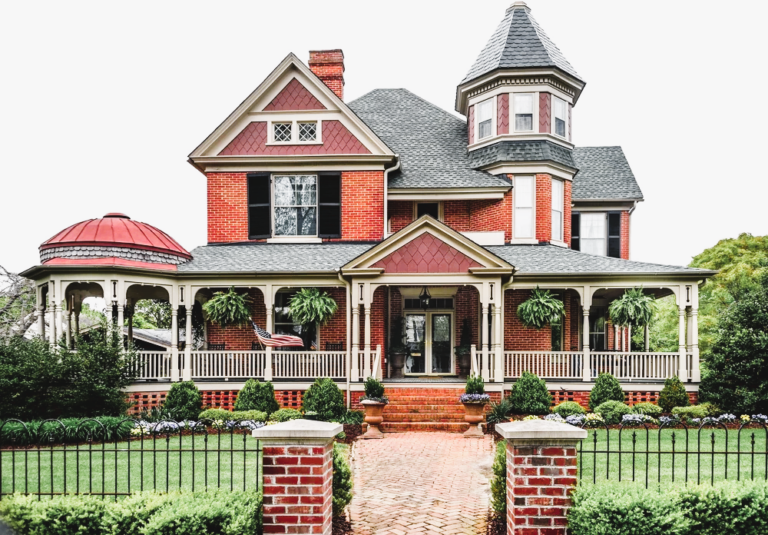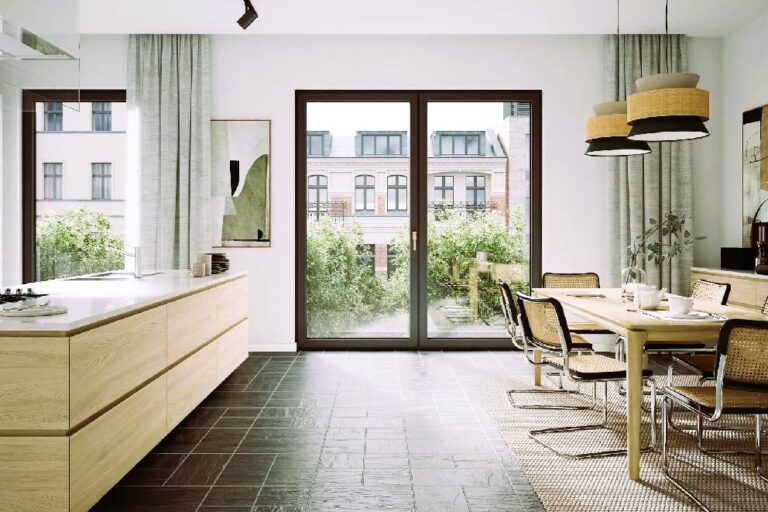The rise of remote work has transformed the way we work, making home offices an essential space in many households. Designing a home office that combines productivity and style is crucial for creating an environment that fosters focus, motivation, and a sense of professionalism. This article explores the key considerations for designing functional and aesthetically pleasing home offices in the remote work era.
Ergonomics for Comfort and Health
1.1 Ergonomic Furniture
Investing in ergonomic furniture is essential for promoting comfort and maintaining good posture during long work hours. Ergonomic office chairs that offer adjustable features, lumbar support, and proper cushioning are a priority. Additionally, adjustable desks that allow for sitting or standing positions can improve circulation and reduce the risk of musculoskeletal issues.
1.2 Lighting and Natural Light
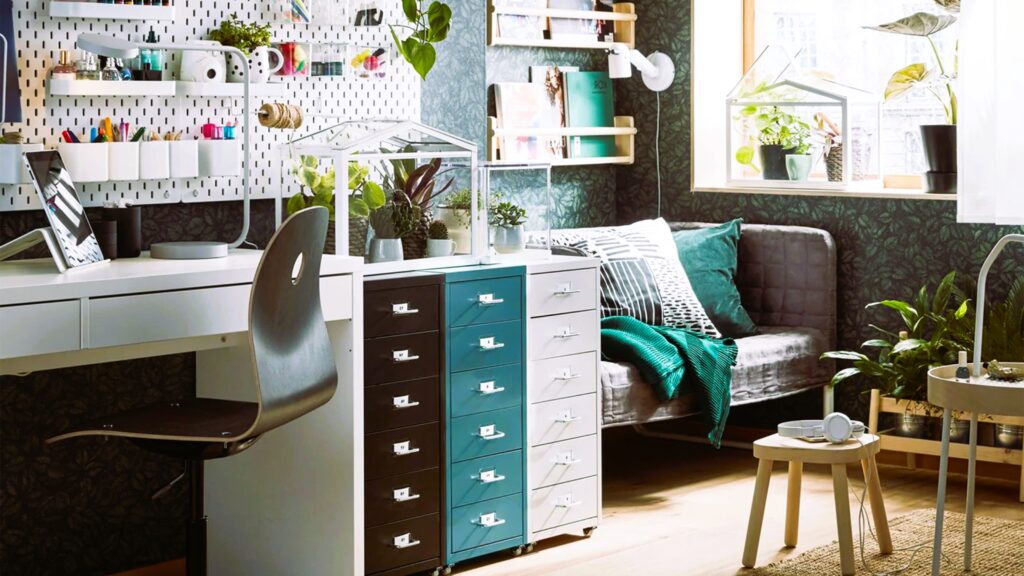
Proper lighting is crucial in a home office to minimize eye strain and enhance productivity. Incorporating a mix of ambient, task, and natural lighting can create a well-lit workspace. Positioning the desk near a window to maximize natural light not only improves mood and well-being but also helps regulate the body’s natural circadian rhythm.
Functional Layout and Organization
2.1 Zoning the Space
Creating distinct zones within the home office helps separate work and personal areas. Ideally, the workspace should be dedicated solely to work-related activities, while other areas can serve as relaxation or storage spaces. This zoning encourages focus and prevents distractions during work hours.
2.2 Storage Solutions
Efficient storage solutions are essential for maintaining an organized home office. Incorporating shelves, cabinets, or storage units can help keep essential items and documents within reach while minimizing clutter. Utilizing organizers, such as file folders and desk organizers, ensures a tidy and efficient workspace. Art Deco Interiors in Vancouver, see Glamor and Sophistication.
- Technology and Connectivity
Reliable and efficient technology is vital for a productive home office. High-speed internet, a reliable computer, and appropriate software are essential tools for remote work. Considerations should also be given to cable management solutions to minimize visual distractions and ensure a clean and organized workspace.
Aesthetics and Personalization
4.1 Inspirational Decor
Aesthetics play a significant role in creating a pleasant and motivating workspace. Choosing a color scheme that promotes focus and energy, such as blues or greens, can be beneficial. Adding inspirational artwork, plants, or personal mementos can also enhance the overall atmosphere and provide a sense of comfort and inspiration.
4.2 Acoustic Considerations
In a home environment, managing sound and noise is crucial for maintaining productivity. Incorporating acoustic panels, sound-absorbing materials, or noise-canceling headphones can help create a quiet and focused work environment.
For more information on home office design and remote work considerations, you can visit the following sources:
- Wikipedia – Home Office: link to Wikipedia page on Home Office
Balancing Privacy and Collaboration
5.1 Privacy Solutions
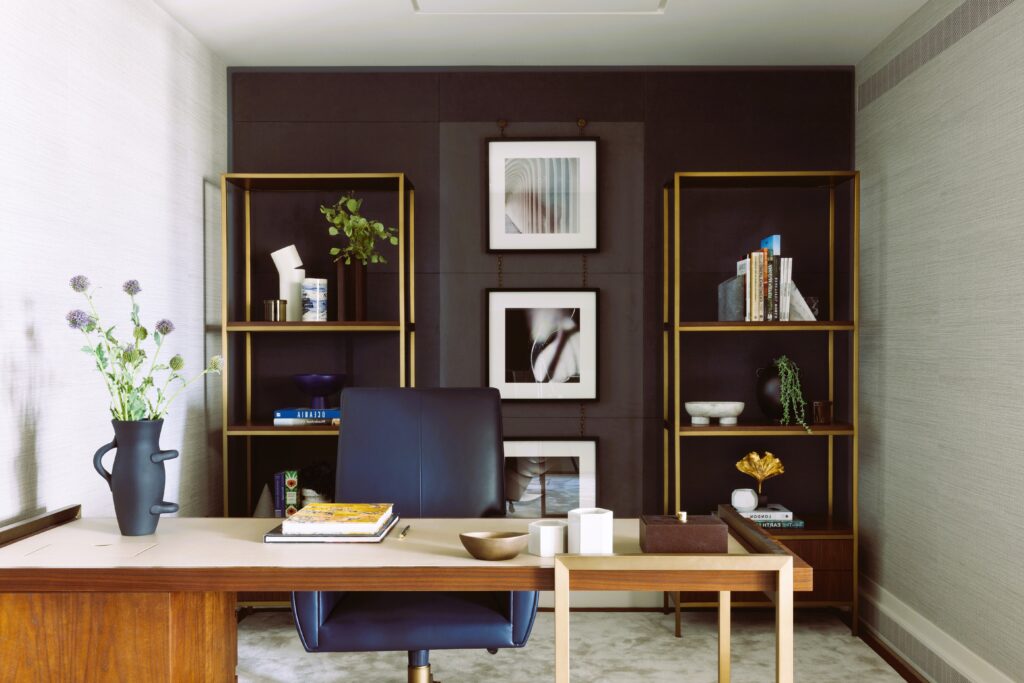
Privacy is essential in a home office, particularly when sharing living spaces. Installing curtains, blinds, or privacy screens can help create boundaries and minimize distractions. Additionally, noise-canceling features or soundproofing measures can enhance privacy during important calls or meetings.
5.2 Collaboration Spaces
Balancing privacy with the need for collaboration is equally important. Designing flexible spaces that allow for virtual meetings or brainstorming sessions can facilitate collaboration while maintaining the functionality of the home office.
Conclusion
Designing a home office that prioritizes productivity and style is crucial for remote work success. By considering ergonomics, functional layout, technology, aesthetics, and privacy needs, individuals can create an environment that supports focus, creativity, and well-being. A well-designed home office not only enhances productivity but also contributes to a sense of professionalism and work-life balance.


